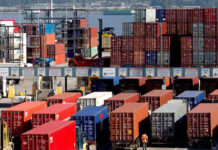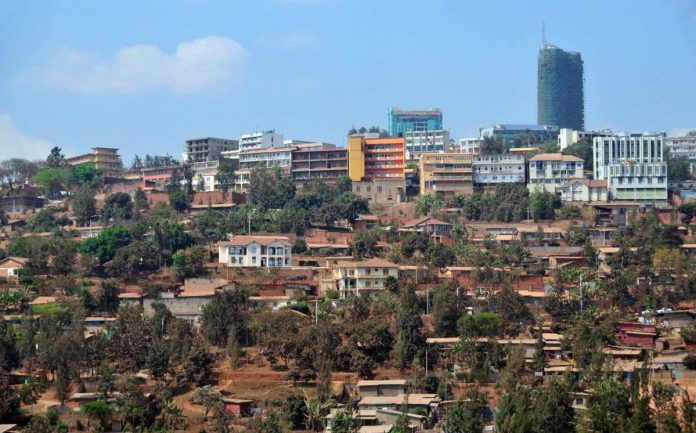Emerging market cities are turning into the drivers of the global economy
-
HSBC report says investors need to focus on growth of cities
-
Urbanization rate in EM cities expected to rise to 63 percent
If you want to be at the epicenter of global growth in the next few decades, you could do worse than relocate to somewhere like Kigali, Foshan, or Belo Horizonte.
That’s because many cities that today are still comparative backwaters on a global level will become major contributors to economic performance thanks to fast population growth, according to a new report by HSBC economist James Pomeroy.
While wealthier countries are more urbanized today, the proportion of urban to rural dwellers in emerging markets is expected to climb to 63 percent in 2050 from 50 percent now, according to the study, which draws on research by McKinsey and the United Nations.
By 2050 some 5 billion people – more than half the world’s population – will live in emerging market cities, and account for more than half of global gross domestic product growth.

“The rise of medium-sized cities in emerging markets, both in terms of their size and wealth, will mean that investors need to focus more on emerging markets and the policy decisions that are being made there,” Pomeroy says. “These cities will start to play a bigger and bigger role in the world economy and understanding what is going on there will be even more important.”
That means policy makers will have to balance the upsides of urbanization – economies of scale, better productivity and infrastructure, chance encounters that lead to new ideas, better productivity and infrastructure – with the potential downsides, in the shape of increased crime, pollution and perpetually snarled traffic. If that doesn’t happen, these ill effects could sap economic potential, Pomeroy says.
Indeed, China is focusing its hopes for better cities on the construction of Xiongan New Area, intended to be a model of urban development two hours from the capital Beijing. Chinese President Xi Jinping’s aim is to turn what now is a sleepy town into a hub for innovative companies and a release-valve for the over-stretched capital.

Yet the urban areas experiencing the biggest increase in population will probably be in Africa. Kigali, Rwanda’s capital, is expected to see its population of 1.3 million double in the next 15 years. To help prepare for that the city has developed a master-plan for transportation, and housing, with the aim of being a slum-free city.
Unplanned growth is a common effect of rapid urbanization, as cities like Dhaka, Karachi and Lagos can attest to. Even so, they’ll be among the world’s 10 most populous cities, according to the study. By 2030, 81 of the world’s 100 most populous cities will be in emerging markets.

The flip side is that in developed markets, where populations are ageing, the share of people living in cities may already have peaked.
“Cities that western investors may not have heard of,” Pomeroy says, “may contribute more to global GDP growth than Geneva, Berlin or Milan.”

























